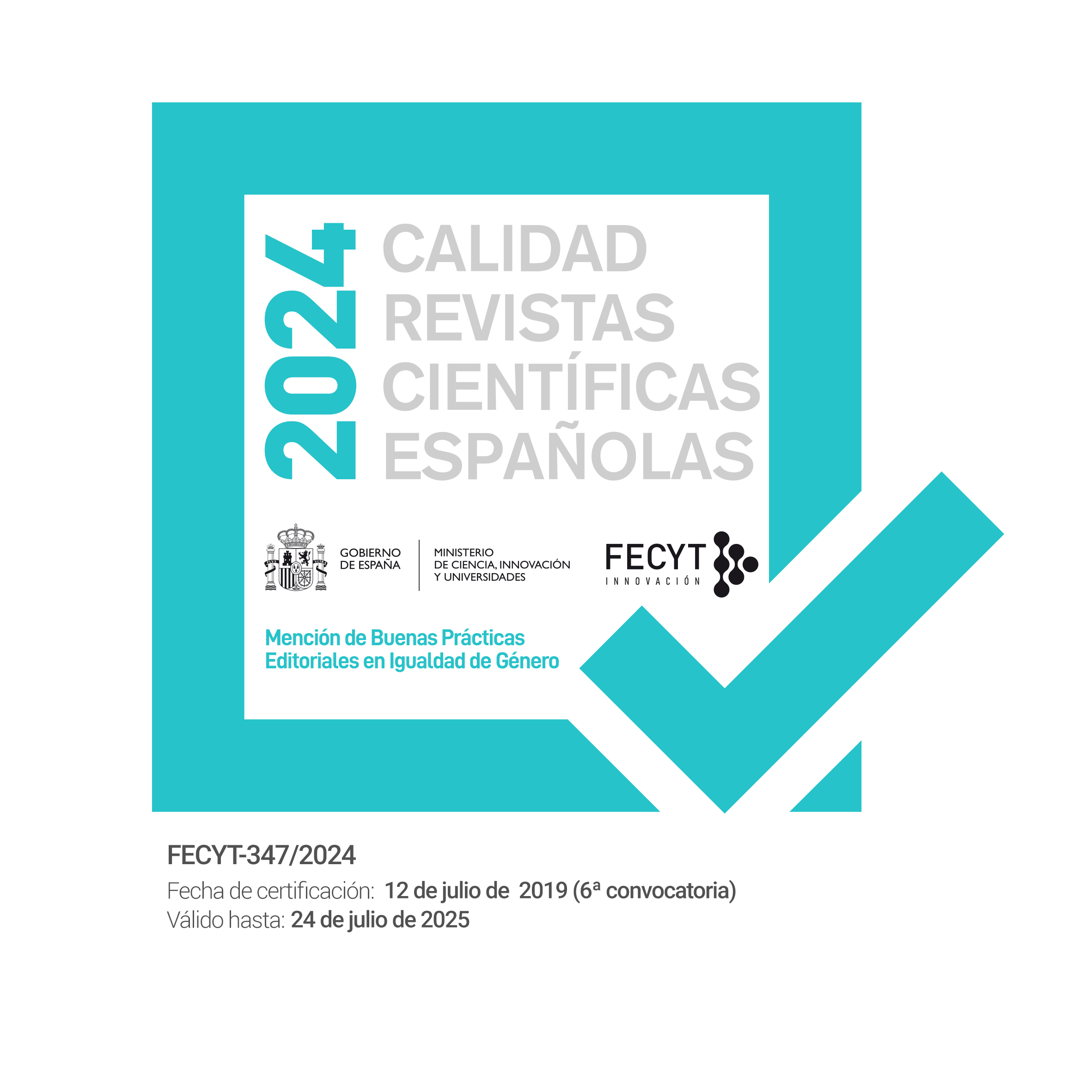Las crucifixiones de Bacon y Barceló
DOI:
https://doi.org/10.5944/etfvii.15.2002.2392Resumen
En el momento en que la imagen ofrecida no es la esperada, el arte permite que el hombre se interrogue sobre la veracidad del mundo que le rodea. Las crucifixiones de Bacon y Barceló, cuyas desquiciadas formas suplantan al Cristo crucificado, devuelven al ojo su facultad de ver, abren el interrogante acerca del resquebrajamiento del símbolo que representan: permiten que el hombre tome conciencia de su ubicación en la vida. No hay imagen, no hay rostro, que no señale la ausencia de Dios, que no apure la falsedad del sistema. Las crucifixiones de Bacon y Barceló activan esa falta, se hacen parte de ella; la traen al presente. El símbolo se abre al rostro ignorado del otro. La cruz es porosidad, carne. La pintura, materia. La imagen simbólica recupera su potencialidad con ellas.
When the offered image isn't the expected, the art allows the man questioning himself over the world's veracity around him. The Bacon and Barceló's crucifixions, with deranged forms take the place of crucified Crhist, giving back to the eye its faculty of see, open the question about the cracking the symbol they represent: allowing the man to be aware of his position in the life. There isn 't image, there isn't face, that doesn't indícate the God's absence, that doesn't show the system's lie. The Bacon and Barceló's crucifixions detonate this lack, because a part of it; bring it to the present. The symbol opens to an unkown face from the other. The cross Is porority, meat. The painting, matter. The symbolic image recovers its powerful with those crucifixions.







